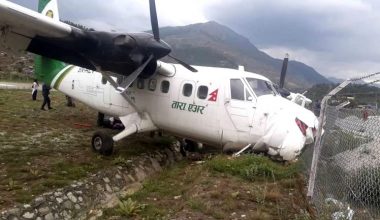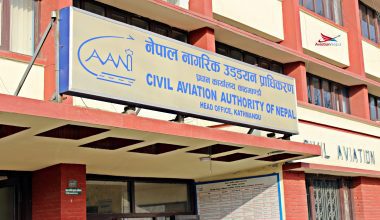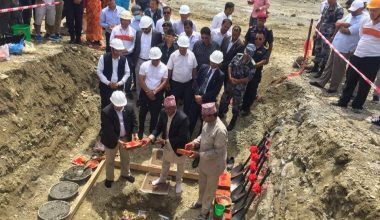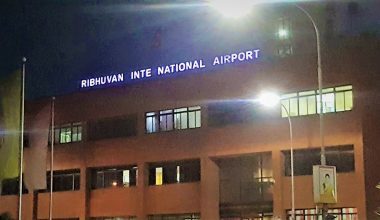The Airbus A320 ‘9N-AKW’ is scheduled to depart Singapore from Delhi as a ferry flight for the maintenance of its damaged engine. The aircraft belonging to the national flag carrier Nepal Airlines Corporation (NAC) has been grounded at Indira Gandhi International Airport since 25th December following a technical glitch on one engine.
The aircraft will depart Singapore by today or tomorrow as a ferry flight for which NAC has already fulfilled the requirements for the ‘ferry permit’. A ferry permit is issued by the respective Civil Aviation Authority in order to fly an aircraft that is not airworthy but is flyable to another location. The general reason for doing this is some sort of maintenance problem that would make the aircraft unsafe for passenger flights; that needs to be addressed at a maintenance organization.
NAC will use one engine in lease for ‘9N-AKW’ until its faulty engine gets repaired. The corporation received proposals from International Aero Engines (IAE), USA and MTU Aero Engines, Germany. Both the companies had presented lease fare in accordance with per flight conducted along with hourly basis and NAC has opted to choose IAE which will be providing one engine for lease and also will repair the faulty one.
The aircraft will be in operation soon as the replacement of engine doesn’t take long time however, repairing the faulty engine will require considerable time, said NAC’s spokesperson Rabindra Shrestha.
After the inspection team declared the engine requiring to be replaced, NAC had choices to buy new or second hand engine, repair the faulty one or lease from other companies. With these available choices, the corporation chose to lease engine from other company with estimated cost of Rs2 crores per month.
The corporation is bearing hefty loss due to the absence of ‘9N-AKW’. According to the Source, the corporation has been bearing a loss of around Rs100 million monthly incomes. The figure has been computed on the basis of the estimated annual income of Rs1.2 billion for each of NAC’s aircraft. So, the rapid maintenance of the faulty engine is desperate in order to reduce loss for NAC.






